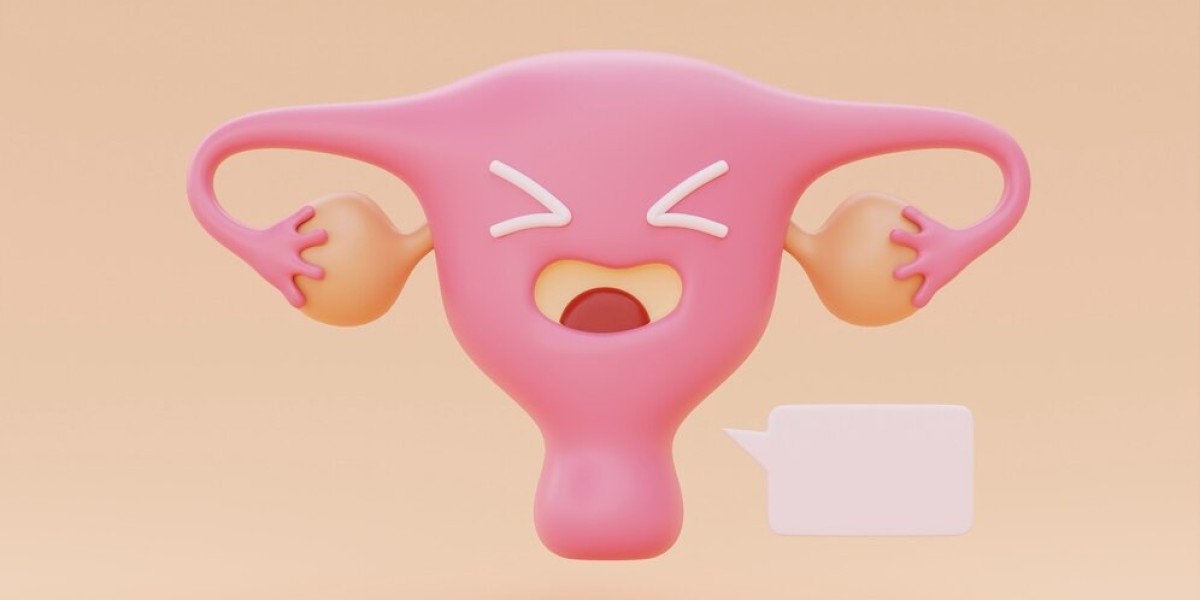Sanitary pads are an essential product for menstruating individuals worldwide, but their impact on the environment is a growing concern. Each year, millions of menstrual pads are used and discarded, contributing to the global waste crisis. The sheer volume of non-biodegradable waste generated by these products poses a significant environmental challenge.
Non-Biodegradable Waste and High Carbon Footprint
Sanitary pads take hundreds of years to decompose, meaning they persist in landfills long after use. The plastic layers in pads can take up to 500 to 800 years to fully degrade. This prolonged decomposition process results in an accumulation of waste that cannot be easily managed, adding to the growing waste problem.
The manufacturing process of sanitary pads contributes significantly to carbon emissions. The production of plastic and synthetic fibers involves the extraction and processing of fossil fuels, which leads to a high carbon footprint.
In addition, the transportation of these products across the globe further increases emissions, making conventional pads an unsustainable choice from an environmental standpoint.
Reduced Exposure to Harmful Chemicals
Traditional menstrual pads often contain synthetic chemicals, bleaches, and pesticides that can be absorbed by the skin during menstruation.
Prolonged exposure to these substances has been linked to a variety of health concerns, including hormonal imbalances, skin irritation, and even reproductive issues.
Organic menstrual pads are made from pure cotton, which means they are free from these harmful chemicals. This reduces the risk of irritation and provides a safer, more natural alternative for women.
Non-Biodegradable Materials, Chemical Additives and Synthetic Fragrances
Most conventional sanitary pads are made from a combination of synthetic materials like plastic, rayon, and polyethylene. These materials are not biodegradable, meaning they persist in landfills for hundreds of years after disposal.
In fact, it is estimated that a single sanitary pad can take up to 800 years to decompose, contributing to long-lasting pollution.
Many traditional pads are treated with chemicals, such as dioxins, pesticides, and bleach, which are harmful to both the environment and human health. These chemicals can leach into the soil, potentially affecting water sources and ecosystems.
Additionally, synthetic fragrances added to some pads can release harmful chemicals into the environment when disposed of.
How best sanitary pads for heavy flow in India play a role in History of menstrual Pads?
In ancient times, women used cloth rags to manage menstrual flow. In India, this tradition of using cloth (often washed and reused) persisted for centuries.
It was a practical yet uncomfortable solution, especially for women with heavy menstrual flow, leading to health and hygiene concerns.
The modern sanitary pad, which are best sanitary pads for heavy flow as we know it today, was developed in the early 20th century. In 1896, the first commercial sanitary napkin, made from wood pulp, was introduced by the top leading companies.
This product revolutionized menstruation care, providing greater comfort and hygiene. However, the products were still expensive and inaccessible to many, especially in countries like India.
A Note on Reusable Cloth Pads
One of the most sustainable options available today is reusable cloth pads. These pads are typically made from organic cotton or bamboo fibers, both of which are biodegradable and far less harmful to the environment than their plastic counterparts.
Reusable cloth pads can last for several years with proper care, drastically reducing the amount of waste generated. The environmental benefits of reusable cloth pads are significant.
By reducing the need for single-use pads, cloth pads can cut down on waste and carbon emissions. Furthermore, they do not contain harmful chemicals, making them safer for both users and the environment.
How supporting Ethical Practices make an Impact?
Many organic sanitary pad brands adhere to ethical business practices by ensuring fair wages for workers, implementing responsible sourcing, and maintaining transparency in their manufacturing processes.
By choosing organic pads, you are supporting companies that prioritize human rights and ethical labor practices. This creates a positive ripple effect, promoting better working conditions and ensuring that the products you use are created with care for both people and the planet.
Cost-Effectiveness and Accessibility
Despite their advanced features, these new menstrual pads are designed to be cost-effective and accessible to all women.
They are competitively priced and widely available both online and in retail stores, ensuring that women from all walks of life can afford and access high-quality menstrual hygiene products without financial strain.
Conclusion
Sanitary pads have a considerable impact on the environment, but through conscious choices and the adoption of sustainable alternatives, we can mitigate these effects. The environmental benefits of reusable and eco-friendly menstrual products are undeniable, and by choosing these options, we not only protect the environment but also support a more sustainable future for all.









